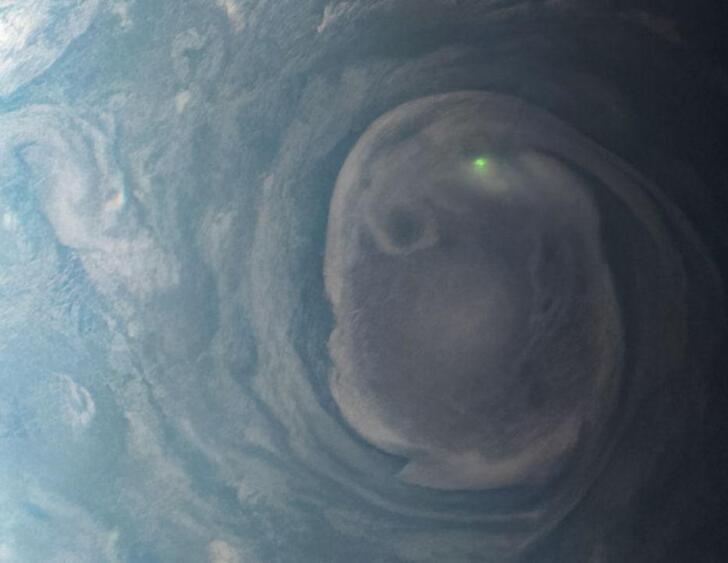Warning of the catastrophic collapse of a neutron star could come in the form of potentially detectable radio bursts in the 10–20 gigahertz range.
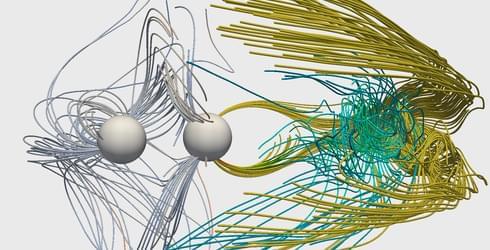


Microsoft Azure Bastion and Azure Container Registry have each been found to have one potentially “dangerous” security flaw that, if taken advantage of, may have resulted in a cross-site scripting (XSS) attack being carried out on the affected service. XSS attacks take occur when threat actors insert arbitrary code into a website that would otherwise be trusted. This code is then run each time visitors who are not aware of the attack visit the website.
Both of the vulnerabilities that Orca found take use of a vulnerability in the postMessage iframe, which makes it possible for Window objects to communicate with one another across domains. The vulnerabilities allowed for illegal access to the victim’s session inside the compromised Azure service iframe. This may result in serious repercussions, such as unauthorized data access, unauthorized alterations, and interruption of the Azure services iframes, among other things. This meant that the vulnerability could be exploited to embed endpoints into remote servers by utilizing the iframe element. This would eventually result in the execution of malicious JavaScript code, which would compromise sensitive data.
However, in order to take advantage of these vulnerabilities, a threat actor would first need to undertake reconnaissance on various Azure services in order to identify vulnerable endpoints contained inside the Azure interface. These endpoints may be missing X-Frame-Options headers or have Content Security Policies (CSPs) that are inadequate.
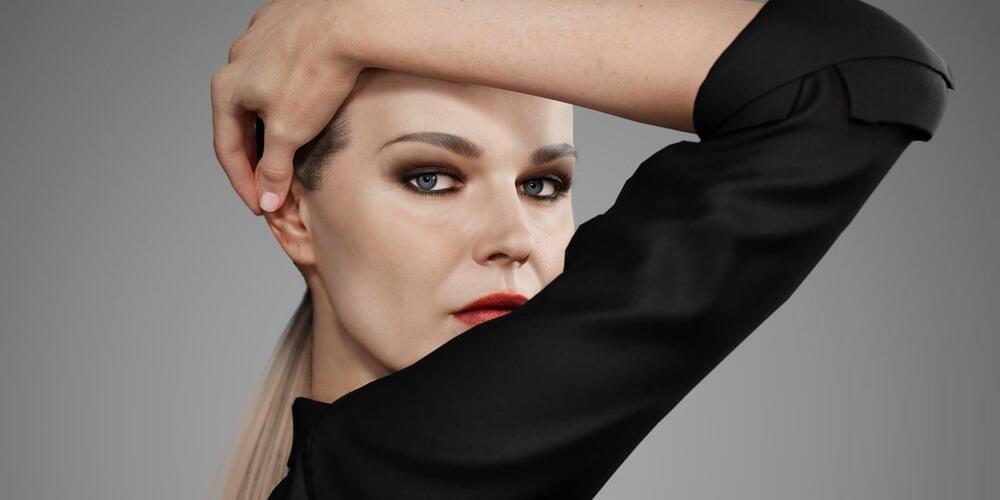
Join journalist Pedro Pinto and Yuval Noah Harari as they delve into the future of artificial intelligence (A.I.). Together, they explore pressing questions in front of a live audience, such as: What will be the impact of A.I. on democracy and politics? How can we maintain human connection in the age of A.I.? What skills will be crucial for the future? And what does the future of education hold?
Filmed on May 19 2023 in Lisbon, Portugal and produced by the Fundação Francisco Manuel dos Santos (FFMS), in what marks the first live recording of the show: “It’s not that simple.”
Don’t forget to subscribe to Yuval’s Channel, where you can find more captivating content!
@YuvalNoahHarari.
Stay connected with Yuval Noah Harari through his social media platforms and website:
Twitter: https://twitter.com/harari_yuval.
Instagram: https://www.instagram.com/yuval_noah_harari.
Facebook: https://www.facebook.com/Prof.Yuval.Noah.Harari.
YouTube: @YuvalNoahHarari.
Website: https://www.ynharari.com/
Yuval Noah Harari is a historian, philosopher, and the bestselling author of ‘Sapiens: A Brief History of Humankind’ (2014), ‘Homo Deus: A Brief History of Tomorrow’ (2016), ’21 Lessons for the 21st Century’ (2018), the graphic novel series ‘Sapiens: A Graphic History’ (launched in 2020, co-authored with David Vandermeulen and Daniel Casanave), and the children’s series ‘Unstoppable Us’, (launched 2022).
Yuval Noah Harari and his husband, Itzik Yahav, are the co-founders of Sapienship: a social impact company specializing in content and production, with projects in the fields of education and entertainment. Sapienship’s main goal is to focus the public conversation on the most important global challenges facing the world today.
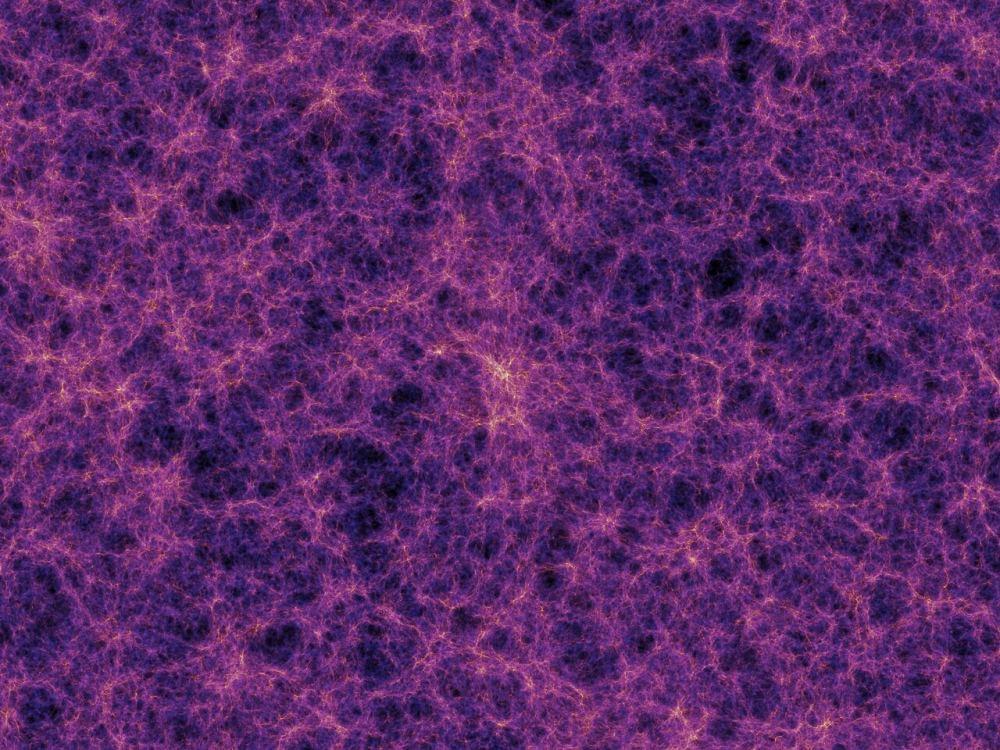
There’s some potentially big news on the hunt for dark matter. Astronomers may have a handle on what makes this mysterious cosmic stuff: strange particles called “axions.”
Rather than search directly for axions, however, a multinational team of researchers led by Keir Rogers from the University of Toronto looked for something else. They focused on the “clumpiness” of the Universe and found that cosmic matter is more evenly distributed than expected.
So, what role do axions play here? Quantum mechanics explains these ultra-light particles as “fuzzy” because they exhibit wave-like behavior. It turns out their wavelengths can be bigger than entire galaxies. Apparently, that fuzziness plays a role in smoothing out the Universe by influencing the formation and distribution of dark matter. If that’s true, then it goes a long way toward explaining why the matter in the cosmos is more evenly spread out. It implies that axions play a part in the distribution of matter in the cosmos.

After that, those who have been waiting more than a decade for their ride aboard Virgin Galactic’s rocket-powered space plane are expected to get their chance. The company said the first of those flights will begin in early August, with monthly flights following that.
“This next exciting chapter for Virgin Galactic has been driven by innovation, determination and a commitment to delivering an unparalleled and truly transformative customer experience,” CEO Michael Colglazier said in a statement.
Virgin Galactic has been working for years to send paying passengers on short space trips and in 2021 finally won the federal government’s approval. The company completed its final test fight in May.

NASA will partner with SpaceX to make Starship space stations. This is part of NASA partnering with seven U.S. companies to make advanced space capabilities. SpaceX is collaborating with NASA on an integrated low Earth orbit architecture to provide a growing portfolio of technology with near-term Dragon evolution and concurrent Starship development. This architecture includes Starship as a transportation and in-space low-Earth orbit destination element supported by Super Heavy, Dragon, and Starlink, and constituent capabilities including crew and cargo transportation, communications, and operational and ground support.
Making Giant Space Stations Using SpaceX Starships
Each Starship has more than the volume of the International Space Station. They are also similar in size to the external fuel tank of the old Space Shuttle. There were many space station proposals based upon the external fuel tank of the Space Station. It will be easier to build with SpaceX Starships. The steel construction the SpaceX Starship makes them easy to weld, cut and modify. The SpaceX Starships will start being able to support astronauts.
This week my guest Anne Scherer, a professor of marketing at the University of Zurich who specializes in the psychological and societal impacts that result from the increased automation and digitization of the consumer-company relationship.
In this episode we focus on the details Anne covers in, You and AI, a book she co-authored with Cindry Candrian to bring an accessible understanding of the ways in which AI is shaping our lives. This takes on a tour of topics such as our symbiotic relationship with AI, manipulation, regulation, the proposed 6 month pause on AI development, the business advantages of better data policies around AI, the difference between artificial intelligence and human intelligence, and more.
Find out more about Anne and her book at annescherer.me.
Host: Steven Parton — LinkedIn / Twitter
Music by: Amine el Filali.
————–
Subscribe: http://bit.ly/1Wq6gwm.
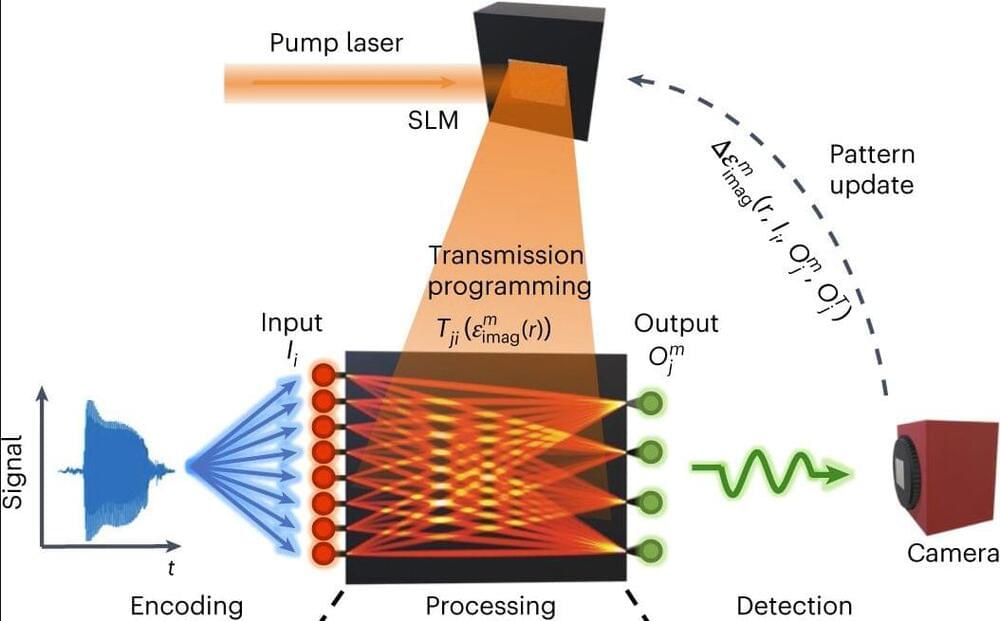
The field of photonics has seen significant advances during the past decades, to the point where it is now an integral part of high-speed, international communications. For general processing photonics is currently less common, but is the subject of significant research. Unlike most photonic circuits which are formed using patterns etched into semiconductor mask using lithography, purely light-based circuits are a tantalizing possibility. This is the focus of a recent paper (press release, ResearchGate) in Nature Photonics by [Tianwei Wu] and colleagues at the University of Pennsylvania.
What is somewhat puzzling is that despite the lofty claims of this being ‘the first time’ that such an FPGA-like device has been created for photonics, this is far from the case, as evidenced by e.g. a 2017 paper by [Kaichen Dong] and colleagues (full article PDF) in Advanced Materials. Here the researchers used a slab of vanadium dioxide (VO2) with a laser to heat sections to above 68 °C where the material transitions from an insulating to a metallic phase and remains that way until the temperature is lowered again. The μm-sized features that can be created in this manner allow for a wide range of photonic devices to be created.
What does appear to be different with the photonic system presented by [Wu] et al. is that it uses a more traditional 2D approach, with a slab of InGaAsP on which the laser pattern is projected. Whether it is more versatile than other approaches remains to be seen, with the use of fully photonic processors in our computers still a long while off, never mind photonics-accelerated machine learning applications.
